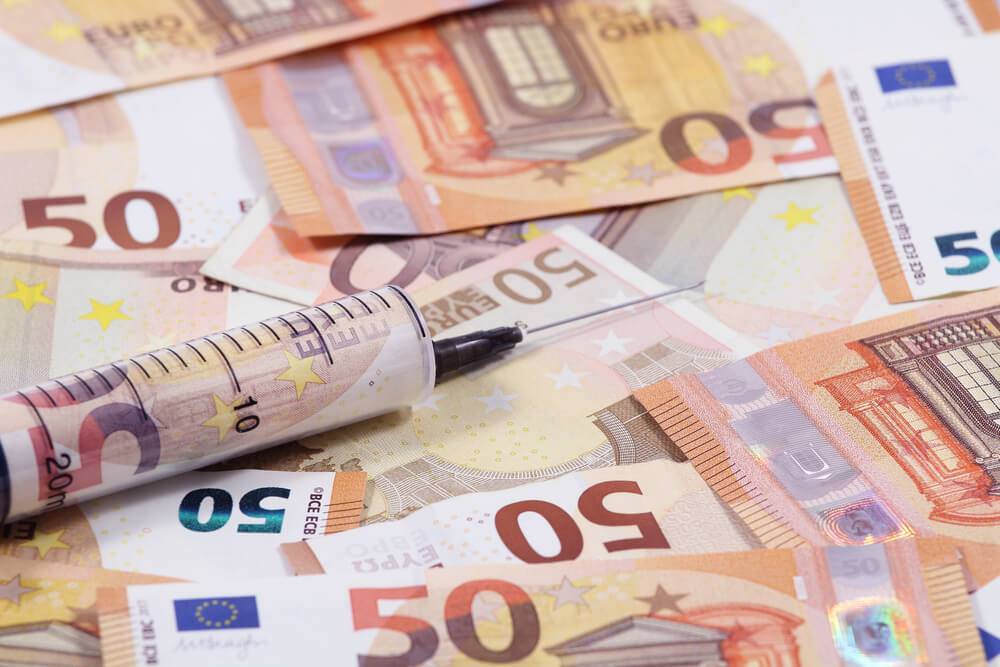The euros struggled to move past the $1.18 level as fading hopes for the second stimulus package in the US heightened risk sentiments among investors.
According to a senior analyst, the nearing US elections and the rising Covid infections around the globe prevent investors from engaging in risky assets and assuming large trading positions in general.
The EU’s common currency edged down by 0.1% to $1.17600 against the dollar. This level came after it reached a one-week high of $1.1794 in the prior session.
Currently, the US economic cushion agreement is on a nearing 48-hour deadline with no glint of concession.
Still, investors are hopeful that House Speaker Pelosi and US Treasury Secretary would reach a compromise that could result in a deal before the November elections.
However, industry experts are uncertain over the next steps should the two parties successfully strike a deal as the Republican-controlled Senate is likely to pose opposition to a bigger stimulus bill.
Along with the ongoing political discussions, the dollar edged higher against other European currencies included in the basket, with the USD index steadying at 93.484.
In the latest foreign exchange charts, the GBP/USD pair traded flatly at 1.2946 but is still supported by the reports stating that the European Union remains committed to the Brexit talks with the UK.
This came after UK Prime Minister Boris Johnson stated last week that they would not give concessions to their former ally and asked the supranational association to respect its sovereignty along with its exit.
With this, analysts asserted that the market is far from resorting to no-deal pricing and remains in-view that the risks of keeping the sterling are still sizeable to contain.
Asian Currencies Firmed Against the Dollar
Elsewhere in Asia, the USD/JPY pair was up by 0.1% to 105.53.
The renminbi followed suit with a 0.1% increase to 6.6839, still nursing from the two-year low record of 6.6695 against the dollar it recorded on Monday.
This came after China reported lower-than-expected GDP growth for the July to September period, standing at 4.9% compared to the 5.2% that economists anticipated.
Nevertheless, the growth is still better than all other developed nations, which are still battling a pandemic war without an end within sight.
The Australian dollar dropped another 0.3% to $0.7045 in the latest exchange reports. It hit a three-week low of $0.7038 at one point in the session.
The fall is largely driven by the monetary easing announced by the Reserve Bank of Australia earlier.
















